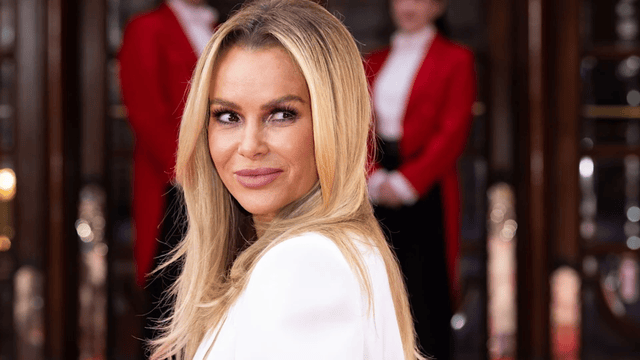
Gionna Durham, 13, left, spends time in the kitchen as her sister Grace Durham, 11, right, draws on Saturday, Jan. 27, 2024, in New York. It is hard to be a teenager today without social media. For those trying to stay off social platforms at a time when most of their peers are immersed, the path can be challenging, isolating and at times liberating. It can also be life-changing. (AP Photo/Andres Kudacki)
In Westport, Connecticut, Kate Bulkeley initially avoided social media in high school, enjoying academic success and family time. However, complications arose in sophomore year when her extracurricular activities required online communication. Conversely, Brooklyn senior Gabriela Durham thrived without social media, viewing it as a source of freedom from conformity. Despite the acknowledged risks of excessive social media use, it remains integral to teenage life, posing challenges for those who opt out. The Bulkeley and Durham families exemplify the struggle to balance technological engagement with personal well-being.
The COVID-19 pandemic has intensified concerns about adolescents' digital dependence, amplifying social media's role in their lives. With up to 95% of teenagers using social media, it has evolved beyond mere connectivity to shape identities and behaviors. Yet, prolonged online exposure correlates with heightened mental health risks, prompting parental intervention. Both the Bulkeleys and Gabriela's mother, Elena Romero, implemented strict social media regulations to mitigate these dangers, prioritizing their children's development and privacy. Despite occasional challenges, their households offer respite from the ubiquitous screen time battles.
Gabriela's social media-free lifestyle in New York City contrasts with her peers' digital immersion, affording her a sense of authenticity and independence. While acknowledging occasional feelings of isolation, she views social media as a platform for superficiality and conformity, opting instead for genuine connections. Her busy schedule, coupled with her mother's firm rules, limits idle screen time, fostering a healthier relationship with technology.
Similarly, the Bulkeleys of Westport navigated the complexities of teenage social dynamics without social media, until Kate's school responsibilities necessitated its use. Despite reservations, they relented, trusting Kate's maturity and managing her digital access responsibly. Their structured approach to technology usage reflects a broader trend of parents grappling with the balance between connectivity and well-being.
Sutton Bulkeley, Kate's younger sister, faces peer pressure to engage with social media, particularly TikTok, yet remains content with her offline interactions. While acknowledging occasional feelings of exclusion, she recognizes the pitfalls of social media-driven popularity and values authentic relationships. Their family's deliberate approach to screen time underscores the importance of parental guidance amidst a digitally saturated environment.
As schools grapple with these issues, some advocate for stricter phone policies to foster face-to-face interactions and mitigate mental health risks. Sutton, navigating adolescence in an era dominated by social media, recognizes its transformation from a tool for connection to a platform for self-promotion. Amidst these challenges, families like the Bulkeleys and Gabriela's find solace in fostering authentic relationships and prioritizing personal well-being over digital conformity.















